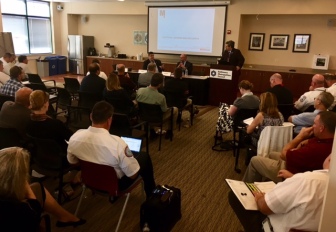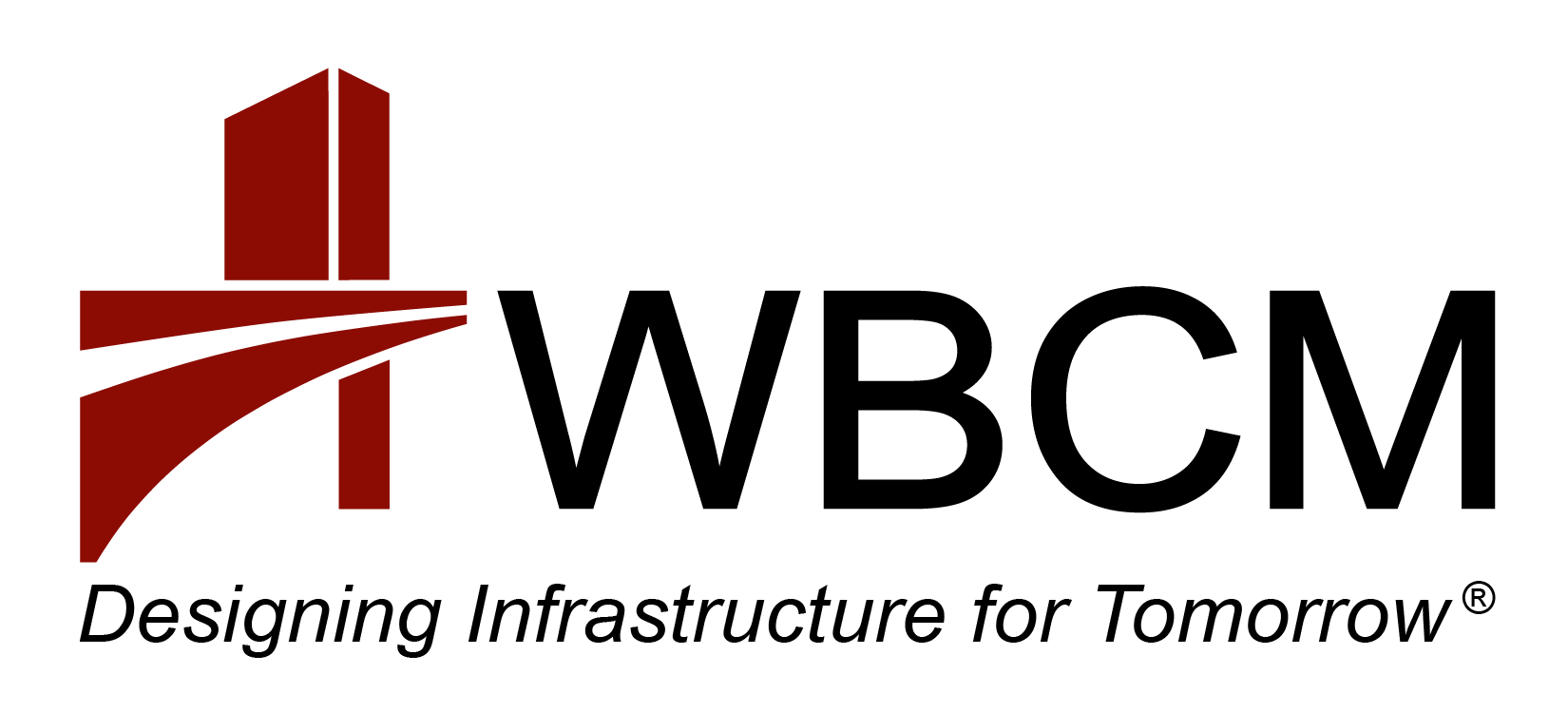In some systems we accept faults, but when it comes to safety we expect perfection. In Baltimore last month, officials met to discuss how our emergency 9-1-1 system could be upgraded along side our rapidly growing technology, in the pursuit of that ideal. Part of this includes using GIS to accurately locate a caller in need. Here is an article reporting on Maryland’s round table discussion about Next Generation 9-1-1, which took place in September.
____________________________________________
County Emergency Managers, Public Safety Answering Point Directors, and Public Safety GIS staff meet in Baltimore to set shared priorities and challenges for Next Generation 9-1-1 implementation in Maryland.
On September 23, Emergency Managers, Public Safety Answering Point Directors, and Public Safety GIS staff from across Maryland gathered for a Round Table on Next Generation 9-1-1.
The event featured local, state, and national experts, each of whom spoke about the best practices, challenges, and implementation of Next Generation 9-1-1. MACo’s Emergency Manager’s affiliate and the Baltimore Metropolitan Council hosted the event in Baltimore.
Next Generation 9-1-1 issues are of top concern for county governments that are seeking to improve and enhance their handling of 9-1-1 calls from cell phone users with technology that will increase response times, location accuracy, and allow text, photo, and video data to be shared by callers to First Responders on their way to the emergency.
Implementation of new geographic information systems and other updates will come at a cost, however, and counties are seeking the most cost effective implementation through statewide and regional collaboration.

Scott Roper, Executive Director of the Emergency Number Systems Board speaks with attendees at the Next Generation 9-1-1 Round Table.
From the Round Table:
- Trey Fogerty, Director of Government Affairs of the National Emergency Numbers Association, spoke about issues with cyber security and reliability of current 9-1-1 systems, as well as opportunities for improvement with Next Generation 9-1-1 systems. Fogerty also pointed out that Next Generation 9-1-1 is necessary because there are significant gaps between the data that can be sent via cellphone over data networks and the information most emergency call centers are capable of receiving.
- Steve Souder, Director Fairfax County Dept. of 9-1-1 / Public Safety Communications, discussed the importance of accurate GIS mapping for the successful implementation of Next Generation 9-1-1. Souder stressed that GIS is of utmost importance to Next Generation 9-1-1 because it will be the lone utility that determines where a call was made from and where it will be routed.
- Scott Roper, Executive Director of the Maryland Emergency Number Systems Board, spoke about the challenges of federal regulation for Next Generation 9-1-1. Roper also discussed the importance of collaboration between local government officials and wireless telephone carriers, especially in the event of a system failure.
- Dave Sehnert, Senior Consultant, Mission Critical Partners and Lori Stone, Region III Lead, FirstNet, spoke about the technological capabilities of Next Generation 9-1-1, along with a potential increase in staff required to implement new technologies associated with the platform.
Stay tuned to Conduit Street for updates on the work of MACo’s Emergency Management Affiliate on this subject, and programming on this topic at the MACo Winter Conference.
Published with the permission of : Maryland Association of Counties
Originally Published:
September, 2016
MaCO Blog
Written by Kevin Klase








